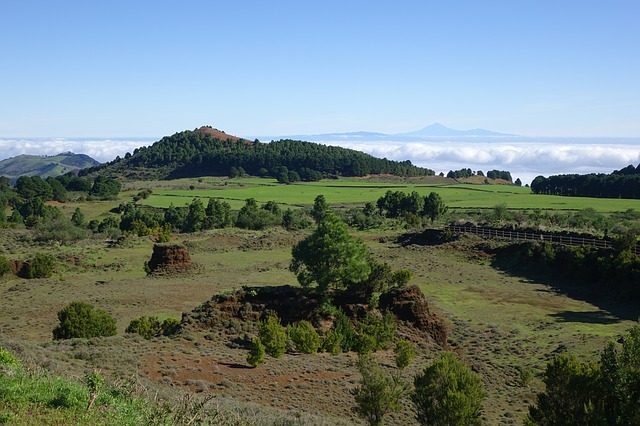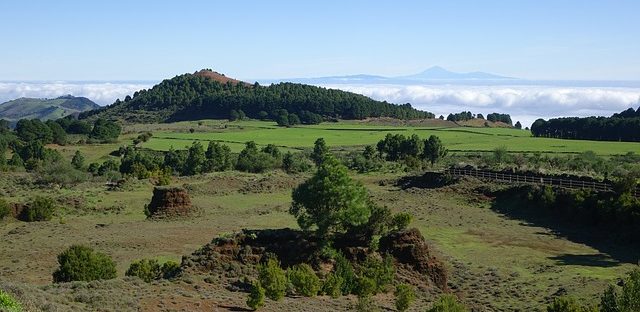- Target: To become a self-sustaining island in the face of the global climate crisis and persistently high fossil fuel prices.
- Status: Achieved
- RES: Five turbine wind farms and hydro plant supplies 80% of the island’s energy demands, 20% is generated through solar thermal collectors and grid connected photovoltaic systems. El Hierro’s climate and topography are key factors to the success of its renewable energy systems. The wind blows strongly and steadily. The island is small but mountainous. Excess electricity wind farm is used to pump water into an empty volcanic crater above sea level. When the wind is weak, the stored water is released through turbines to secure a steady supply of electricity. Biomass energy is being evaluated on the island, and electric vehicles are planned to replace fuel-based cars. Another trial is the installation of desalination plants to provide the island with fresh water.
- Implementation: In the early 1980s, a development model was put in place that focused on respecting the natural environment and conserving natural resources. By 1997, the island council had adopted the El Hierro Sustainability Plan. Its framework initiated a technical feasibility study and finally the construction of the “El Hierro Hydro-Wind Plant”. At a cost of 65 million euros, the project was implemented by 3 entities: the island government of the Canaries (60% ownership), the Canaries Institute of Technology (10%), and a private Spanish energy and utility group (30%). The project was strongly support by its citizens as well as public (particularly the EU) and private institutions which contributed significant economic investment. The remote location of the island and recent submarine volcano eruptions have caused some difficulty with regards to security and logistics. However the council are continual working to address these challenges. It is estimated that the Hydro-Wind Plant project has helped avoid the annual consumption of 6,000 tonnes of diesel, equalling 40,000 barrels of oil that would have to be imported, thus creating a savings of over 1.8 million euros a year.
- Population:10,798 (2018)
- Area: 268.71 km2(103.75 sq mi)
- Link: http://www.goronadelviento.es/index.php

- In Spanish
